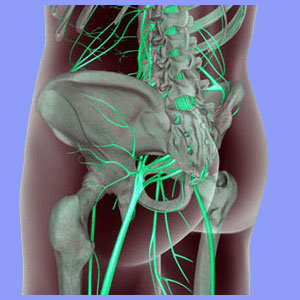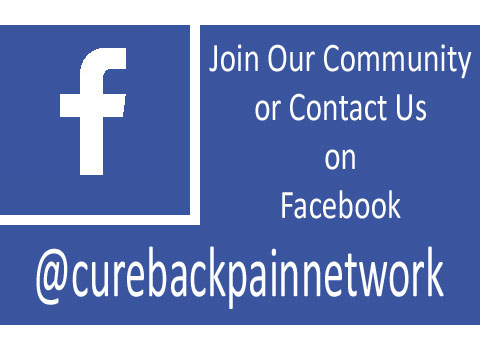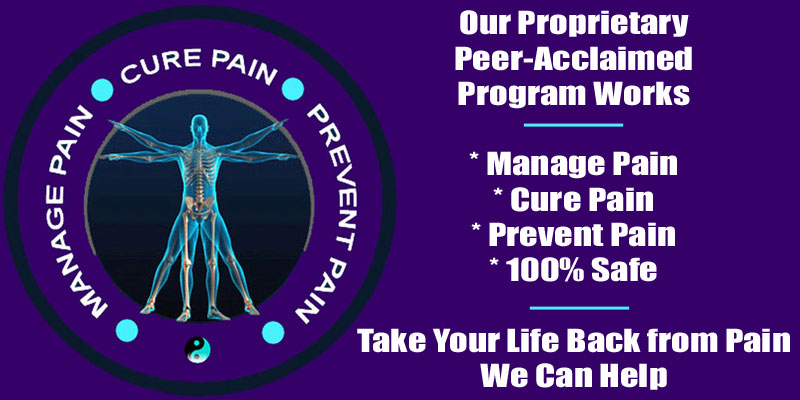
Nerve ablation for sciatica is a minimally invasive procedure that is used to treat the symptoms of many spinal problems, such as herniated discs, stenosis and arthritis. The therapy is very flexible, since it can be used to treat pain that is suspected of coming from any number of causative issues in the backbone. This makes nerve ablation a great fit for sciatica care, since this pain syndrome has a wide range of possible origins, both in and outside the spinal anatomy.
What is nerve ablation and is the treatment right for you? Will ablation procedures be able to provide you with the relief that you have been searching for? Well, it’s possible, but not guaranteed…
This post covers the use of minimally invasive nerve ablation procedures to manage severe and chronic sciatica pain.
Nerve Ablation for Sciatica Defined
Nerve ablation can be performed using various methods of care. A long time ago, nerves were simply cut in order to stop them from signaling. While this was effective, it also caused many collateral consequences and sometimes did not even address the right nerves, so that symptoms continued. Over time, doctors have developed much better ways of causing nerve disability with less dramatic and less permanent methods.
Most modern nerve ablation uses radiofrequency waves. These generate heat and are used to temporarily disable nerves. There are other similar types of wave technologies that can be used also, but these are less common then the radiofrequency variety.
Cryotherapy is gaining ground as an alternative to heat-based ablation. This process used extreme cold to disable nerves and is preferable in some patients and for some diagnoses.
Nerve Ablation Factsheet
Nerve ablation is most often used for cases of suspected spinal sciatica that have not responded to more traditional conservative care plans, such as drugs, physical therapy and epidural injections. In these circumstances, ablation may be used in place of more dramatic surgical intervention, especially in patients who are functional and want to avoid surgery.
Doctors will try to discover which nerves are most likely to be the source of pain through various testing means, including nerve conduction evaluation and the use of anesthetic injections to test the results of their theories. If a suspected painful nerve can be located, the patient might make an ideal candidate for nerve ablation therapy.
Ablation is a minor surgical procedure using the latest minimally invasive tools. It is really not much worse than a spinal injection. Recovery time is quick and most patients can return to normal activity in a day or 2. Once the treatment has been provided, doctors will closely monitor the results in order to revise the diagnosis as needed or to hone in on the optimal therapeutic path.
Nerve Ablation for Sciatica Efficacy
Nerve ablation can be very effective for some types of sciatica. When the source is truly a spinal issue that is affecting a single spinal nerve root, then nerve ablation can be one of the most effective treatments for chronic pain. The problem is that most sciatica is NOT actually caused by spinal issues, but most sciatica IS unjustly blamed on spinal issues…
The result of this misdiagnosis tends to be failed treatment. In the case of nerve ablation, there is no exception to this rule. Many treatments do not provide good results, since they are not targeting the actual underlying source of pain. In other cases, they might successfully treat the one nerve, but many others are affected by larger syndrome, such as the common incidence of regional ischemia. If many spinal nerve roots are targeted by a mindbody oxygen deprivation process, nerve ablation is certainly not the best path to relief. Knowledge therapy is the way to go in these circumstances.
When the diagnosis is spot-on and ablation procedures work well, they will often be repeated as necessary. In some cases, upon successful use of 2 to 3 ablation sessions (which may provide excellent results for weeks or months each), doctors might decide to permanently disable to signaling nerve to provide longer term relief. There are some additional risks in this decision, but possible benefits as well. For more information about the pros and cons of surgical nerve ablation for sciatica pain, consult with your doctor.





